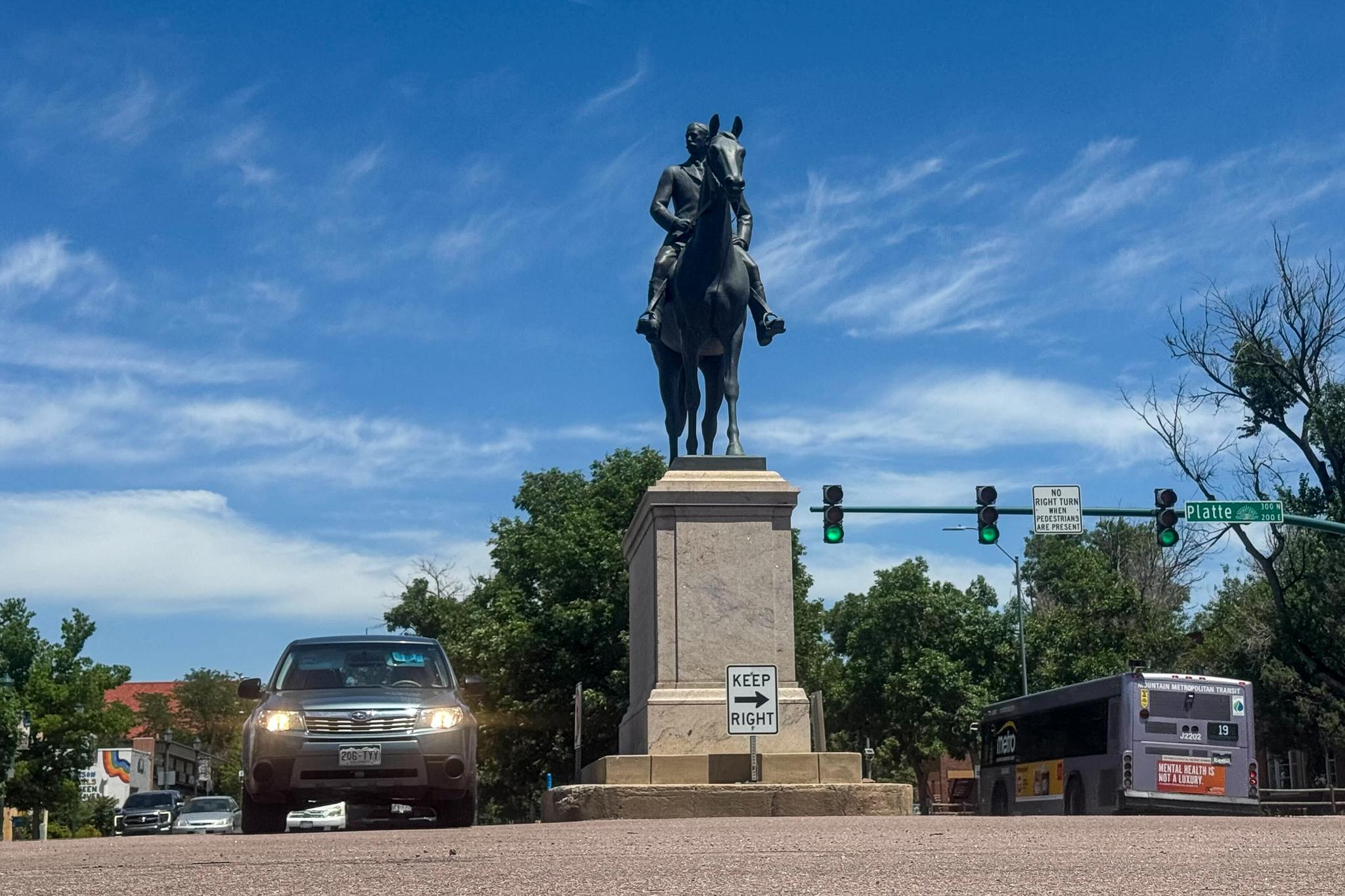
A growing number of police in Colorado are wearing body cameras. If their departments want to learn from others, they might turn to Phoenix, which deployed the cameras in 2011, or Seattle, which has led the country in making video footage publicly available.
Phoenix Assistant Chief Michael Kurtenbach, and Sean Whitcomb, the public affairs director for the Seattle Police Department, spoke with Colorado Matters host Ryan Warner about their cities' experiences. Seattle's department is the first in the country to attempt to post all of its body camera footage to a YouTube channel.
More:
- Seattle Police Department YouTube channel
- An "over-redacted" Seattle P.D. video from June 7
- Study by Arizona State University of the Phoenix P.D.'s use of body cameras
- Video: Seattle cop arrests elderly black who used golf club as cane
Kurtenbach on how the shooting in Ferguson, Mo., changed officers' views on wearing body cameras:
"There was this pervasive fear among the line-level officers, the men and women that are actually using the technology, that it would be used against them... The reality is that if you're looking for a policy violation, just as if you're looking for a traffic violation, you can find it. What we saw happen with Ferguson, however, was an understanding that if officers are doing their jobs correctly, there's tremendous value in having that contact captured with video technology."
Whitcomb on why Seattle wants to put all of its videos on YouTube:
"We're a city that already has dash cams in all of our cars, and we're pretty used to the concept of being filmed at work. I worked in patrol as well... the thing about policing is that we'll sometimes have to deal with videos [recorded by citizens] that are basically missing context, or rather the context of that video is that very one stop... and it becomes the subject of conversation. And it typically revolves around misconduct. And we have those here... What we're trying to provide to the public is that there's a lot of work that we do that's typically mundane... So what we're trying to provide is just added context. The more information we can put out about police work, the better."
Kurtenbach on the potential for videos to reduce trust, instead of building it:
"We hear oftentimes concerns -- legitimate concern -- in the community, once medical examiners' reports are released, that somebody that we were forced to shoot was shot in the back. I would maintain that there are times that would be an appropriate use of force. Is there perhaps a second video? And maybe there's video from a convenience store that shows that, although this individual was shot in the back, he or she was pointing a weapon at an innocent citizen that was on the other side of the officer, or to an officer that's out of the frame. That's where I think the context question needs to be asked, and we need to be mindful of the fact that it's not a perfect technology. It's an important piece of equipment, and it's something that is evolving quite clearly, but it's only part of the story."









